7 reasons to get out and explore Britain's national parks
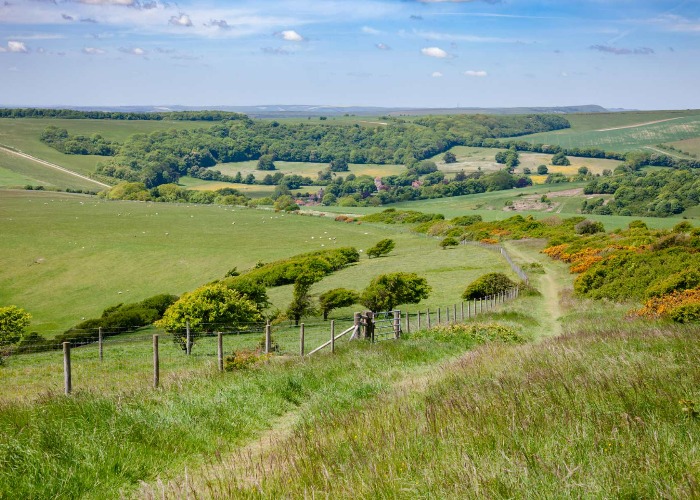
With more of us spending time in the great outdoors, why not join the fun by putting on your walking boots and heading to one of Britain's national parks?
Britain's national parks – beautifully branded as “Britain’s breathing spaces” – have enabled our love and appreciation of the great outdoors to flourish for the past 70 years. The distinctly diverse landscapes and wildlife, from the highlands of Scotland down to the south coast of England, draw all sorts of people from Sunday-strollers to week-long campers.
The pandemic has seen an increasing number of people embracing the fresh air – whether it be a new lunchtime stroll route or weekend jaunt – which has prompted the UK government to introduce further safeguarding measures to protect these precious green spaces. Proposals include landscapes playing their part in tackling climate change and increasing our accessibility to nature, with a particular focus on those from low income backgrounds. It’s hoped that all of this will play a key role towards protecting 30% of land for biodiversity by 2030.
So, whether you’re a national park novice or just planning to visit somewhere new, these spaces are open to all. We’ve picked out some of the best things to do, try, see and sample on your next national park adventure.
1. There are epic hikes for all abilities
With walking opportunities for all abilities, there really is no excuse not to hit the footpaths of the UK’s national parks. A great way to get started is to check out the National Trails in England and Wales, and Scotland’s Great Trails. Many of these paths either skirt or run through national parks, letting you dip in and out of a route, and pick a distance that is suitable for you.
The Speyside Way and West Highland Way are two out of 26 in Scotland, while the Cleveland Way, Ullswater Way, Pennine Bridleway and Pembrokeshire Coast Path are just four of the 15 routes that flirt with the national parks in England and Wales.
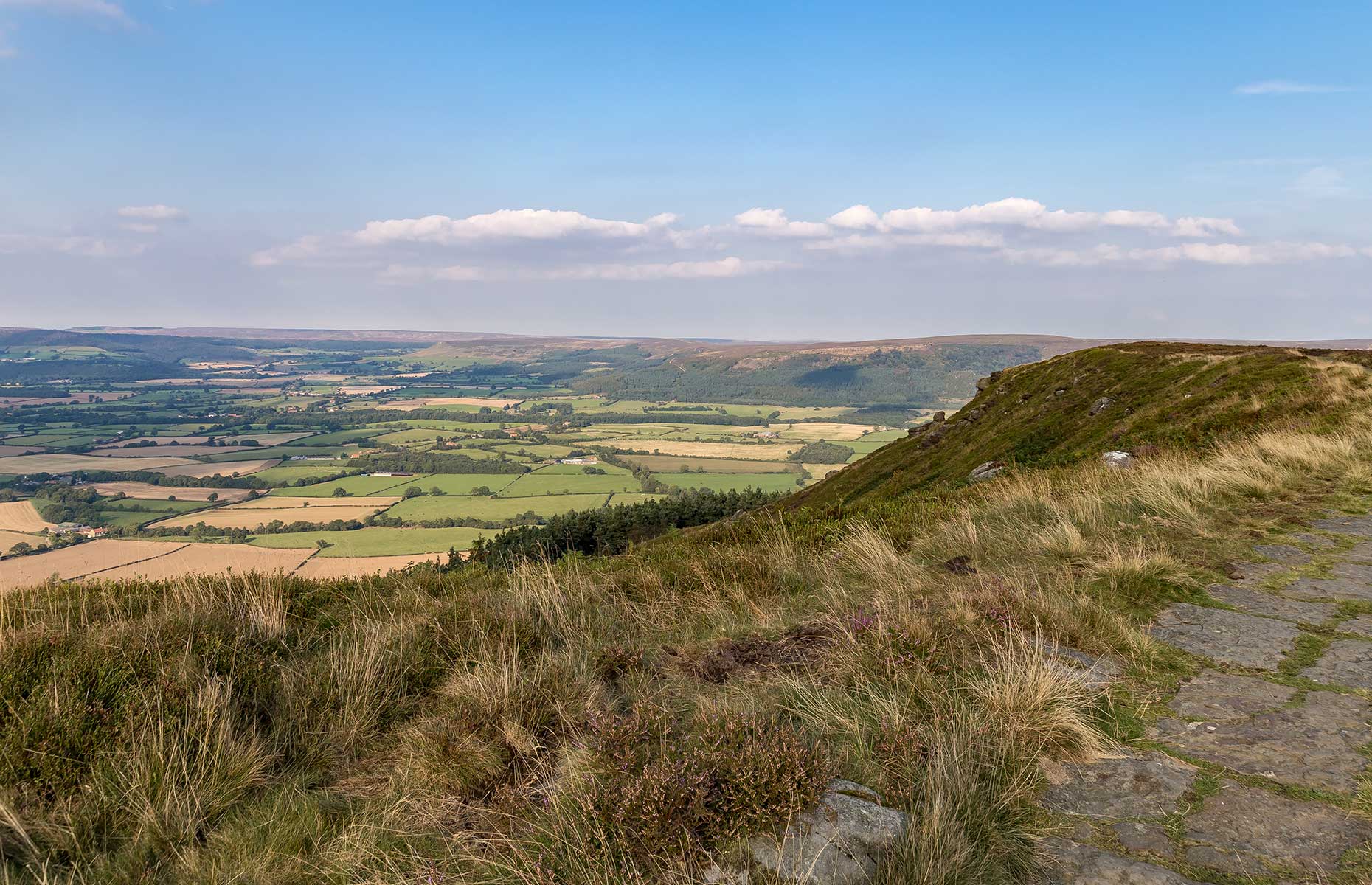 BerndBrueggemann/Shutterstock
BerndBrueggemann/Shutterstock
2. There are amazing mountains to scale
Other ways to walk include scaling some of the UK’s most popular and heady heights. More suitable for advanced and experienced hikers, you’ll find Munros in Scotland and the deliberately-named Marilyns in England (think the Lake District, Pennines) and Wales (mostly on the border and in South Wales).
Munros and Marilyns are mountains higher than 3,000 feet (914m) and include the likes of Braeriach and Cairngorm, Snowdon and Scafell Pike. These are just some of the big bumps in the landscape that make hillwalking a total joy, but be warned: peak-bagging (or Munro-bagging) is highly addictive once you get started – there are 282 in Scotland alone!
READ MORE: What to see on the Isle of Skye
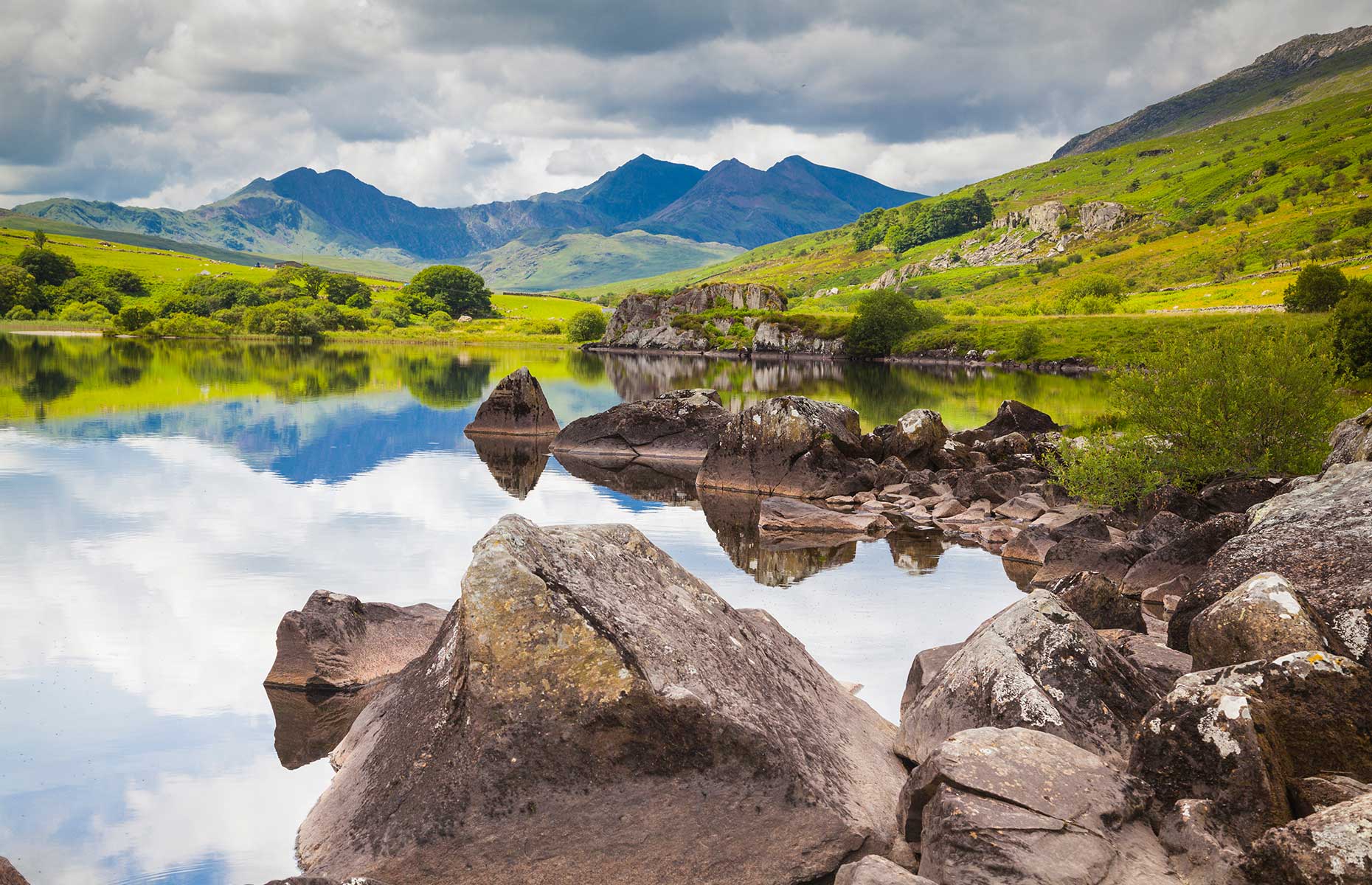 Hartmut Albert/Shutterstock
Hartmut Albert/Shutterstock
3. You can get out on the water
Many (but not all) of the parks are dotted with a selection of great lakes, lochs, waterways and coastlines. Open to everyone from experienced sailors to amateur rowers and ballsy swimmers, there are countless ways of getting on and in the water.
Two distinctively pro-watersport destinations include the Lake District, and Loch Lomond and the Trossachs. In the Lake District, you can hire both row- and electric-boats, as well as paddleboards, canoes and more. There are various schools offering lessons, with much of the activity here orientated around the lakes. The same goes for Loch Lomond, where it’s no great surprise that there are plenty of adventures to be had adrift including sailing, windsurfing and swimming – for the hardy.
 S-F/Shutterstock
S-F/Shutterstock
If you fancy a challenge, give coasteering (where you navigate a section of rugged, rocky coast before plunging into the sea below) a go in Pembrokeshire. While in the Cairngorms, head to Loch Morlich to find not only the highest beach in Britain, but a fully-equipped watersports centre, where you can rent kayaks and enjoy a loch-side barbecue with spectacular mountain views in summer.
The Broads in Norfolk, with its network of rivers and lakes, was made for boating (especially on long, hot days) and you can even dive shipwrecks on the New Forest coast.
For a ride you’re sure to remember, check out the water rafting options in Snowdonia, and if you want to keep your feet on the ground (or at least, try), consider gorge walking in the Brecon Beacons.
 Billy Stock/Shutterstock
Billy Stock/Shutterstock
4. There’s British wildlife at its best
As you might expect for expansive landscapes left (largely) to their own devices, the national parks are home to a great variety of animals, birds, fish and insects. Some, such as otters, adders, salmon and the elusive bittern, you’d be very lucky to spot, but others are much more easily spied.
Playful red squirrels, various species of deer, hares, bats, butterflies and the not-so-wild ponies of Exmoor are all waiting to be ticked off your list, plus birds both native and migratory.
The golden eagle can be seen swooping in the national parks of Scotland, while wading birds make for the New Forest, and marsh harriers and kingfishers are readily spotted in The Broads.
READ MORE: What to see and do in Exmoor National Park
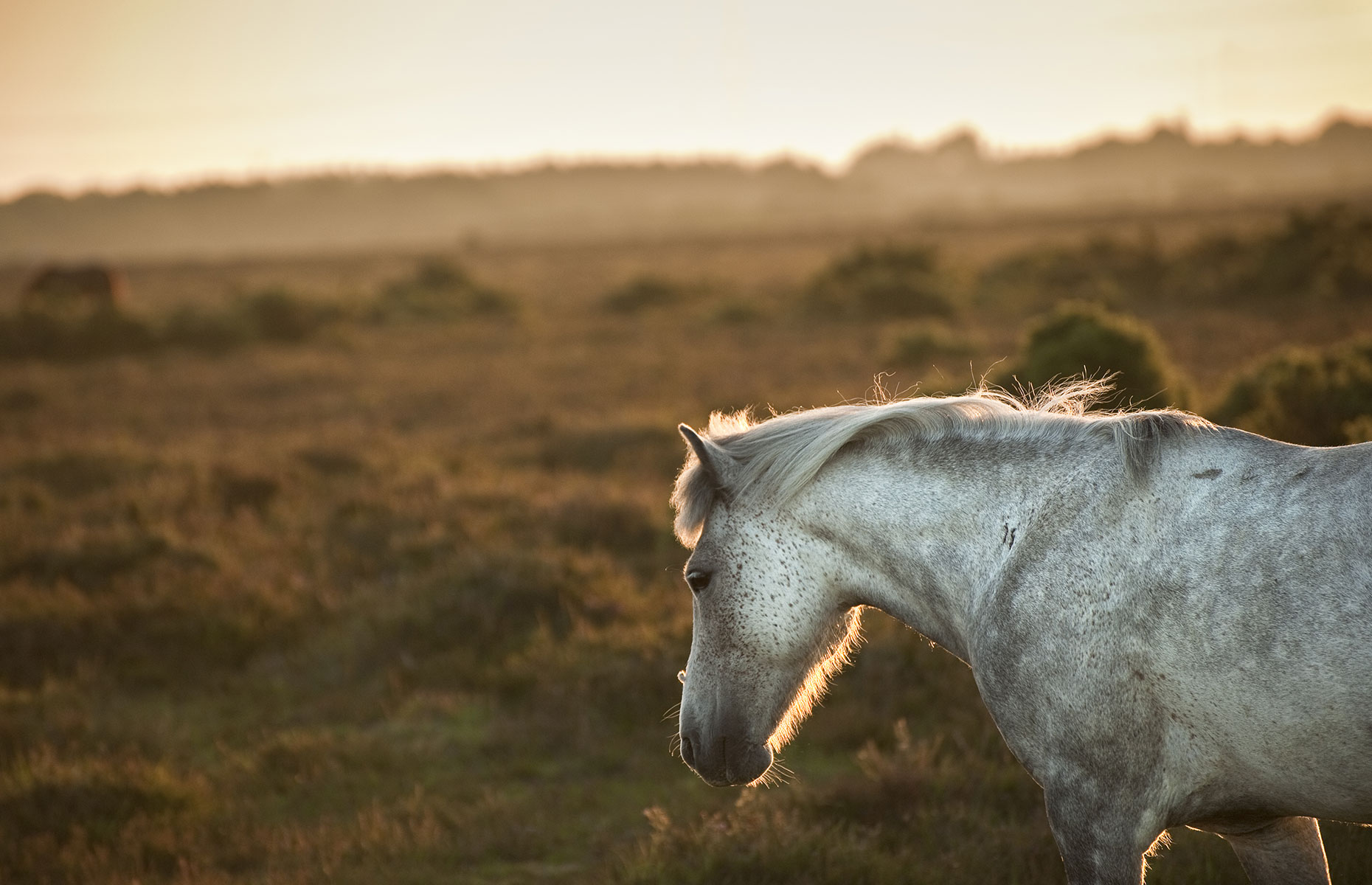 Matt Gibsonn/Shutterstock
Matt Gibsonn/Shutterstock
5. To try something completely different
If walking or cycling is all a bit vanilla, fear not as there are plenty of exciting experiences waiting to be had in the parks. You could opt to travel by steam on the North Yorkshire Moors Railway, or in serious style on the Settle-Carlisle Railway through the Yorkshire Dales – stop off by the Wensleydale Creamery to crumble some of the area’s famous cheese while you’re there.
Meanwhile, in north Wales, Snowdonia boasts seven narrow gauge railways, including the renowned Snowdon Mountain Railway, which has been ferrying visitors up to the peak since 1896.
Try windmill-bagging in The Broads, whisky-sampling on the distillery trail along the River Spey, or embark on a steam boat ride in the Lake District or the Trossachs. Test your nerves exploring the caverns of the Peak District – Peak Cavern, known locally as Devil’s Arse (yes, really), is one of the most impressive.
READ MORE: Unusual places to stay in the UK

 Daniel J. Rao/Shutterstock
Daniel J. Rao/Shutterstock
6. To bring history to life
Each of the 15 parks has its own distinct character: everything from the Ice Age to the Industrial Revolution has left its mark in one way or another. Whether it’s a stately home, such as Chatsworth House in the Peak District, impressive Roman landmarks like Hadrian’s Wall in Northumberland, or natural wonders including the ancient yew forests of the South Downs, there’s plenty to see for the curious.
Balmoral, the Scottish holiday home for the royals, is open for guided tours at certain times of year, while Dolbadarn Castle in Snowdonia showcases one of the best examples of a Welsh round tower going. Staying in Wales, descending into the old coal mine at Big Pit National Coal Museum (technically about two miles/3.2km outside of the Brecon Beacons National Park) is something you won’t forget in a hurry.
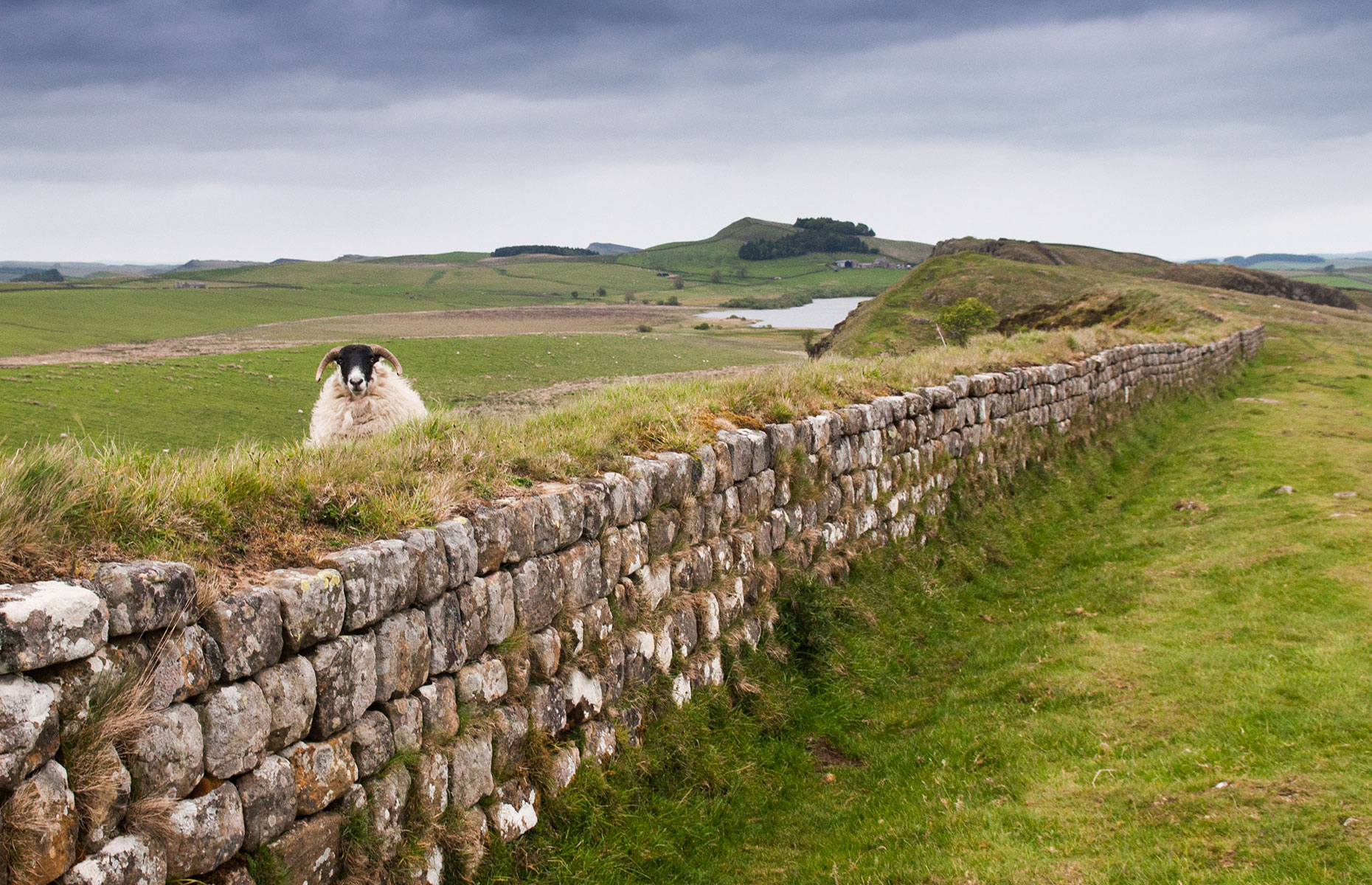 Joe Dunckley/Shutterstock
Joe Dunckley/Shutterstock
7. For fabulous festivals
From fungi-foraging to craft-making, the national parks typically host countless events each year. Among the numerous festivals is the Alpkit Big Shakeout Festival in the Peak District, Brecon Beacons Food Festival, Callander Jazz & Blues Festival in the Trossachs, Eroica Britannia cycling festival in Goodwood (West Sussex) and Cumbria Dark Skies Festival to name but a few.
Special to Scotland, the summer months see highland games take over the parks – tartan-clad pipers and caber tossing included. Then there’s the annual National Park Week which now occurs in April – a celebration of everything the parks have to offer, with a busy schedule to match.
READ MORE: UK festivals, family fun and more to look forward to in 2022

Ian Francis/Shutterstock
Map of Britain's National Parks
Comments
Do you want to comment on this article? You need to be signed in for this feature